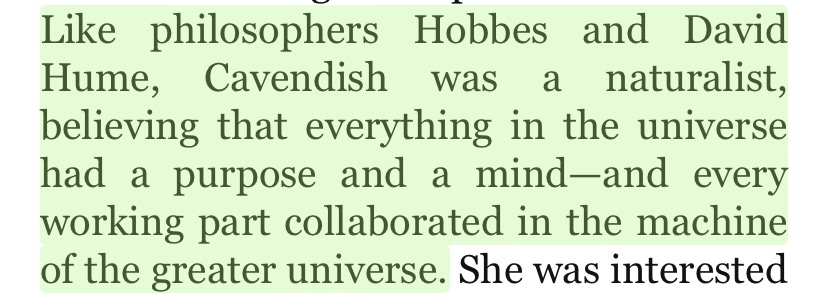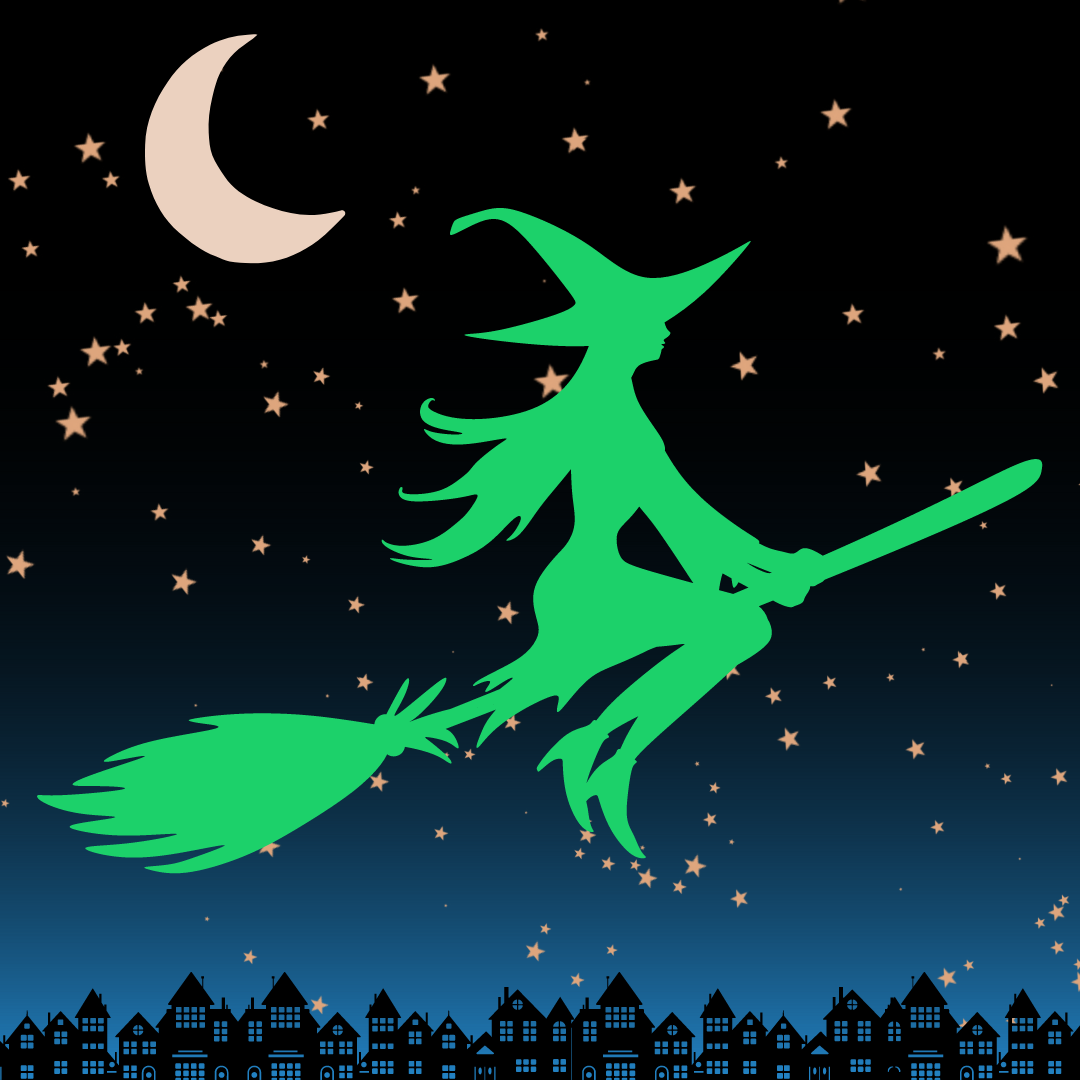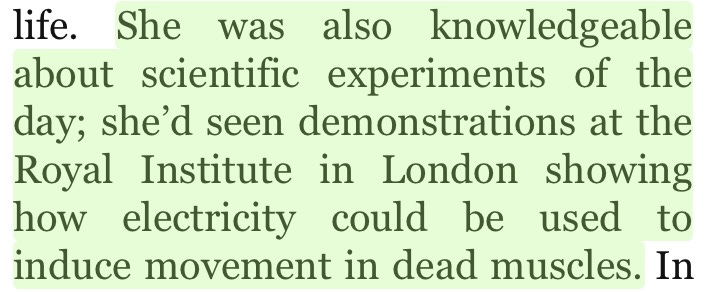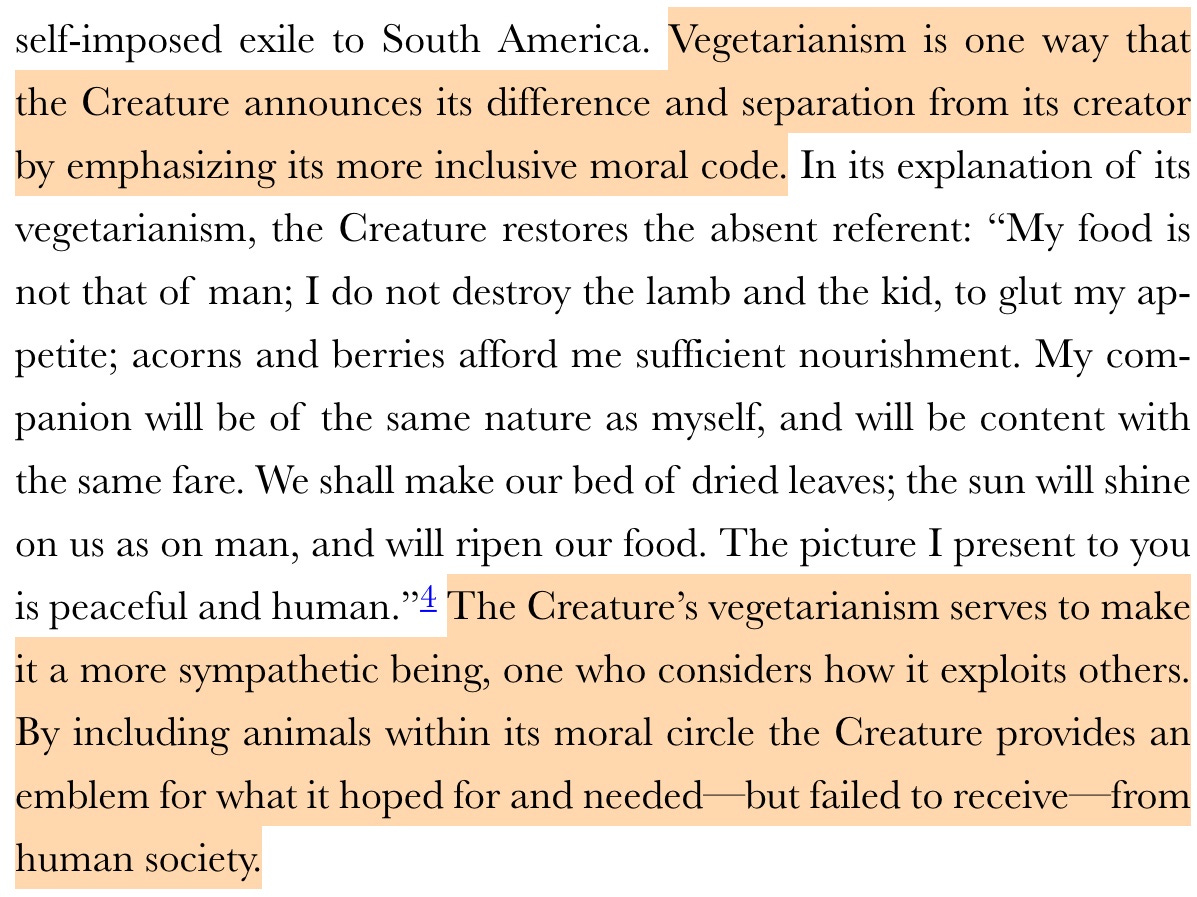Psst! Read ‘til the end for some exciting news!
If you want to know the difference between showing and telling, just pick up a textbook. Though filled with important information, these books stubbornly refuse to share anything but cold, hard facts—dressing down even the most exciting moments in human history to “So, this guy did this thing, and that’s basically why the Ottoman Empire fell. And then another guy did another thing…” and so on. For this reason, in all my years of formal education, I never managed to read through an entire chapter of a textbook. (Okay, maybe once or twice, but no more than that! And it took three times as long to read as the equivalent length in a novel.)
Yet I’ve found myself reading (and enjoying!) nonfiction books after receiving my diploma. Maybe that’s because I get to pick the books I read now (and, if I say so myself, I have great taste in literature). Not only are these books well-written but they’re about topics I’m far more interested in than the Ottoman Empire (no offense to the Ottomans; I’m sure many interesting things happened, but I forgot whatever they were).
Short story long, that’s how I recently found myself listening to an audiobook called American Monsters. Though written and narrated by an academic—Adam Jortner, a history professor at Auburn University—he never made the history of American legends feel dull.
I also noticed how frequently Jortner addressed the prejudices of notable historical figures and texts, how the stories we grew up with—influencing horror fiction in the US and around the world—often painted the “others” (women and people of color, with the occasional homosexual thrown in for good measure) as villains, idiotic agents of villains, or even inherently inhuman. (I’m looking at you, Lovecraft. Man, that dude hated everyone!) It struck me that the way history is taught has become far more inclusive of historically oppressed groups, not only in terms of highlighting their stories but also in the language used to talk about them. (For instance, I learned about “slaves” in US History, though they’re now more commonly called “enslaved persons,” thanks to Black activists and books like The 1619 Project.)
Though it’s only been nine years since gay marriage became legal across the United States, there’s been an explosion in queer interpretations of history and fiction. These include the docuseries Queer for Fear; the forthcoming book Queer as Folklore; and T. Kingfisher’s novella What Moves the Dead, a retelling of The Fall of the House of Usher. Similarly, the book Horror Noire reviews the history of horror from a Black perspective, and it spawned a documentary and anthology film of the same name. Examples abound of modern groups of historically oppressed people reclaiming stories that excluded them and contributed to their persecution.
Yet as I read American Monsters, my mind wandered to the animals (and animal advocates) of colonial America and beyond, wondering about all their stories still left off the page.
Take Margaret Cavendish, for instance, a seventeenth-century duchess who penned one of the first speculative fiction novels…ever. (You go, girl!) Her story opens up the first chapter in Lisa Kröger and Melanie R. Anderson’s book Monster, She Wrote: The Women Who Pioneered Horror and Speculative Fiction. The authors note:
This is great information, but the authors don’t further extrapolate the meaning behind their own words. However, I was fairly certain I’d heard her name before and, luckily, knew just where to look for confirmation. Kathryn Shevelow begins the first chapter of For the Love of Animals: The Rise of the Animal Protection Movement with Cavendish, as well. It turns out she was not only an educated feminist and novelist but an animal lover. Shevelow quotes Cavendish’s own words,
“Nonhuman creatures might not be able to speak or devise mathematical rules, she wrote, ‘yet may their perceptions and observations be as wise as men’s, and they may have as much intelligence and commerce betwixt each other, after their own manner and way, as men have after theirs.’”
And her novel, The Blazing World, featured “Bear-men, Fox-men, Wild-goose-men, Ant-men, Spider-men, and other types of wise and peaceable beast-people.”
I wouldn’t expect Kröger and Anderson to go into detail about Cavendish’s views on animals—their book wasn’t about that. But, seeing as animalistic creatures are central to Cavendish’s novel, it seems important, or at least intriguing, to also mention how her life experience with, and opinions about, animals could be relevant to her work. Since there was no mention of that, I have to wonder if the authors were aware of this at all, or if they simply deemed it unimportant and intentionally left that information out.
Cavendish isn’t well known to most people, but surely Kröger and Anderson will have more to say when it comes to the queen of horror herself, Mary Wollstonecraft Shelley? (I’m guessing you already know the answer.)
It’s hard to find a book or documentary about the history of horror stories that neglects to mention Frankenstein. Fans all know the tale of that stormy night on a Swiss lake when the nineteen-year-old brought her famous Creature to life, yet I’ve never once heard any horror historian discuss Shelley’s vegetarianism and the influence that had on her novel. This results in only shadowed versions of the truth coming to light on the page. Take, for instance, this line from Monster, She Wrote:
What the authors fail to mention is that these exhibitions put on by the Royal Society were usually vivisections, performances in which animals were cut open before an audience. Shelley makes it clear in her novel that Dr. Frankenstein—the mad scientist manipulating others’ bodies—is at least as much as, if not more of, a villain as the monster he creates.
Carol J. Adams writes about this in The Sexual Politics of Meat, with a whole chapter dedicated to Shelley’s book. Adams analyzes the Creature’s vegetarian ethos:
Even the novel’s full title—Frankenstein; or, The Modern Prometheus—speaks to just how important vegetarianism is to the story. In the Greek myth, Prometheus was punished for stealing fire, and vegetarians of Shelley’s time interpreted this as “the inception of meat eating,” Adams writes. She continues:
As further evidence of the social circles Mary Shelley ran in, Percy Bysshe Shelley (Mary’s husband), wrote the play Prometheus Unbound, as well as the book A Vindication of Natural Diet1, in which he called meat-eating an “unnatural craving for dead flesh.”
I find it deeply sad that readers of Monster, She Wrote won’t learn of Margaret Cavendish’s poems “The Hunting of the Stag” and “The Hunting of the Hare,” in which she decried the popular blood sports of her aristocratic fellows. Or that Mary Shelley’s vegetarianism was so important that her Creature—a novel being untethered to the speciesist norms of humans—refused to eat animals.
Imagine how different a world we’d live in today if we all learned in school about notable vegetarians and animal advocates of the past. Imagine how different history itself would be—including what we learn in capital-h History classes as well as the important works of literature we read in English classes—if the successors of Margaret Cavendish and Mary Shelley learned of and were inspired by their anti-speciesist work. (That sounds like an exciting premise for some Cavendish-esque speculative fiction!) We may not be able to change how past generations interpreted and taught their work, but present and future generations can take up that mantle to ensure it’s no longer forgotten.
On my mind: Oktober(veg)fest
Exciting news here! Because my love of Halloween is all-consuming, I will be releasing a post each Monday in October. I’ll be diving deep into how animals are used in spooky stories and classic Halloween legends, starting off with the 2015 film The Witch. Colonial America is probably my favorite era of history to explore—because, well, witches!—and I wanted to pair all the research I’d done into the use of animals in that time period with a film considered to be a modern classic. The movie has a dry realism to it, highlighting the fact that mundane humans are often far more dangerous than witches and their animal familiars.
Additionally, I’ll be sharing lots of mini-reviews on my Substack Notes page, highlighting how various Halloween/horror books and movies utilize animals—for better or worse—to add to the stories’ spooky atmosphere. Stay tuned, and I hope you’ll enjoy reading them as much as I enjoyed researching and writing them!
This title may sound familiar, as Mary Wollstonecraft (Mary Shelley’s mother), wrote A Vindication of the Rights of Woman—one of the first pieces of feminist literature—twenty years earlier.









